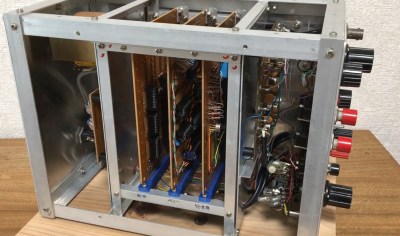Regulations surrounding disposable batteries have accelerated a quiet race to replace coin cells, which on the whole are not readily rechargeable. TDK produces solid-state batteries and has announced a new material that claims an energy density of about 100 times that of their conventional batteries.
Energy density measures how much energy a system contains relative to its volume. The new battery has 1000 Wh/L. For comparison, old nickel-cadmium cells had about 150 Wh/L. A typical lithium-ion battery usually turns in about 200 – 250 Wh/L.
There aren’t many technical details, but a few things caught our interest. For one, it uses an oxide-based solid electrolyte and lithium alloy anodes. However, what really caught our eye was that it is “intended for use in wearables… that come in direct contact with the human body.” We don’t know if that means the material is safe for your skin or if it depends on being next to your body to operate.
While the energy density is high, keep in mind that the batteries of this type are usually tiny, so the total actual power available is probably not very high. Tiny batteries are definitely a thing. We are always hearing about breakthroughs, but we always wonder if and when we’ll see actual products.



















